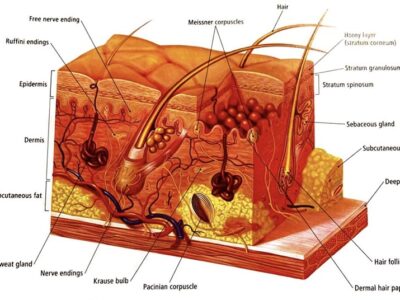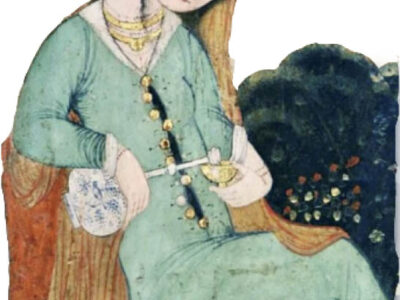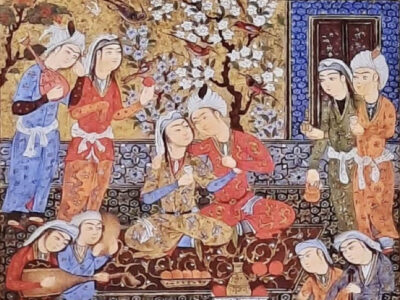By: Prof. Dr. Seyed Saeid Zamanieh Shahri, MD and Prof. Dr. Sonia Sayyedalhosseini, MD
Leukemia is a term that refers to blood cancer in medical science. There are different types of this cancer, each of which is classified according to the type, intensity and their symptoms. The good news is that today, due to the progress of medical science in the field of treating all types of cancers, several methods have been developed to improve blood cancer.
In fact, disruption in the production process of blood cells causes leukemia. In such conditions, the cells can no longer do their normal work and their number may become very large and out of control. Therefore, the blood cannot do its job properly. For example, it cannot fight infections or stop bleeding from a wound.
Blood is a type of connective tissue consisting of various types of cells and plasma material that flows in the vessels. The body needs food and oxygen to survive, but it is not enough just to have food in the stomach and oxygen in the lungs, and these two must reach all parts of the body, so, the blood is responsible for this process, which means delivering those substances to all the body.
Heart pumps blood through the arteries. Blood’s main job is to deliver oxygen and nutrients such as glucose and building materials to the tissues and help remove waste materials (such as carbon dioxide and lactic acid) from the body tissues and defend against microorganisms. Blood is transported to all parts of the body by pumping the heart through the arteries and return back to the heart through the veins.
Blood is also considered a type of tissue, because it contains a set of special cells that perform certain tasks and actions. These cells float in the intercellular substance and a liquid field called plasma, which gives the blood a fluid state. The science of examining blood is called hematology. About 7-8% of the body weight is made up of blood, and in an adult human, on average, blood makes up 5-6 liters of the body’s volume. Human blood consists of a series of cells and a plasma liquid. These cells include red blood cells (RBC), white blood cells (WBC) and platelets (PLT). Here we explain blood cells and plasma.
۱) Red blood cells (RBC): erythrocytes are another name for red blood cells, millions of which are made daily. There are about 5 million red blood cells in each drop of human blood, and its red color is due to the presence of these blood cells. If the ratio of the volume of red blood cells to the total volume of blood is expressed as a percentage, this index is called hematocrit. The amount of hematocrit in normal state is 40 to 50% and its amount is higher in men.
In red blood cells, a protein called hemoglobin is responsible for transporting oxygen and carbon dioxide. In this way, by connecting to oxygen, it brings it to the tissues and cells of the body and takes the carbon dioxide released from them. Blood that carries oxygen is bright red and blood that contains carbon dioxide is dark red.
۲) White blood cells (WBC): leukocytes are another name for white blood cells and are made in the bone marrow like red blood cells. These blood cells are part of the body’s immune system and deal with bacteria and infections. There are different types of white blood cells, each of which has a specific role. Eosinophils are an example of white blood cells that act against pathogenic parasites (like malaria) and allergens. Neutrophils are another example that fight disease-causing bacteria and fungi. Basophils promote inflammatory responses by releasing chemicals. Lymphocytes are another type of white blood cells that have two types, B lymphocytes (B cells) and T lymphocytes (T cells).
B lymphocytes activate T lymphocytes through antibody production. T lymphocytes also help the immune system to eliminate new infections by identifying them. Natural killer cells (NK cells) are lymphocytes that fight viruses and tumors. Monocytes also remain in macrophages and destroy invading cells.
۳) Platelets (PLT): Platelets actually cause blood to stop and wounds to close by making a clot, and they are also called thrombocytes. These cells, which are part of the cytoplasm, are divided into two categories, active and inactive, and are made in the bone marrow. In normal conditions, platelets receive messages in an inactive state, but when a wound occurs somewhere in the body, messages are given to the platelets to activate and form a blood clot. to be continued















